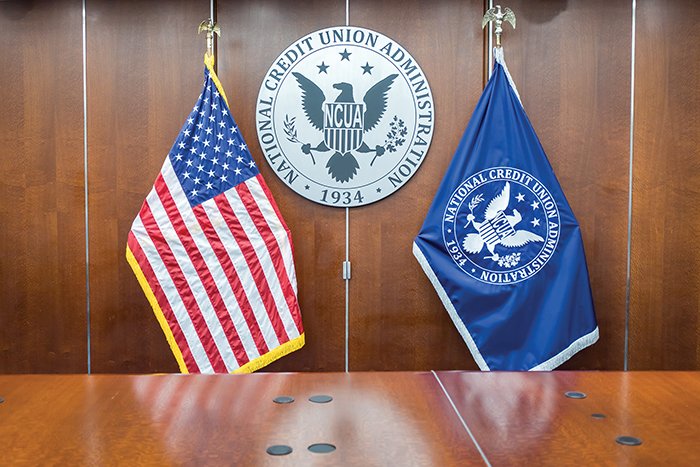
Credit unions retreated in the new car market and even lost some ground in used car lending in the second quarter as captives and other lenders gained market share, according to an Experian report released Thursday.
Experian's quarterly "State of the Automotive Finance Market" report showed credit unions accounted for 22.5% of the number of loans and leases in the second quarter, remaining in third place behind captives and banks.
Recommended For You
That's the lowest share since 22.4% in 2022's first quarter. From 2018 through 2021, the credit union share of auto financing has ranged from 18.3% to 23.2%.
Credit unions' share has been dropping steadily since hitting a peak of 28.4% in 2022's third quarter. Credit unions held the leading position in last year's third and fourth quarters, but fell to No. 3 in the first quarter.
Most of the change has been in new car lending. Credit unions' share of new car loans has slipped sharply since hitting a high of 23.7% in 2022's third quarter. From the first to the second quarter it dropped nearly 3 percentage points to 13.7%. Banks lost 1 point, while captives picked up 4 points.
The gain by captives came despite Cox Automotive finding low- and zero-interest incentive deals nearly vanishing this year.
Credit unions remained strongest in used cars. They generated 28.7% of loans in the second quarter, down from 29.8% in the first quarter and a peak of 31.5% in 2022's third quarter.
The picture looked better for credit unions when leases were removed from the measures.
Credit unions generated 25% of new and used car loans in the second quarter, behind banks' 26.9% share, but ahead of captives' 22.0% share.
Experian found the percentage of vehicles with financing has fallen. In the second quarter, 79.7% of new cars were financed with a lease or loan, down from 83.5% a year earlier and 87.2% two years earlier. For used cars, 38.4% were financed in the second quarter, down from 41.5% a year earlier and 40.1% two years earlier.
As interest rates climbed over the past year, consumers have opted for shorter-term loans. Loans with terms of 48 months accounted for 14.6% of loans in the second quarter, up from 9.5% a year earlier.
The combination of rising rates and shorter terms pumped up monthly payments.
For new cars, average loan rates rose 203 basis points to 6.63% in the second quarter, while the average term shrunk by 1.7 months to 68.1 months.
Used car rates were 11.38% in the second quarter, up from 8.84% a year earlier and 8.59% two years earlier. The average term on a used car loan was 67.4 months, down from 68.1 months a year earlier.
The average amount financed for a new car was $40,657 in the second quarter, essentially flat from a year earlier after rising 14% from 2021 to 2022's second quarter.
Despite financing amounts holding still, average new car payments rose 8.5% to $729 per month.
Amounts financed for used cars fell 6% to $26,863 in the second quarter, after rising 19% in the previous 12-month period. Payments rose 1.7% to $528 per month.
© Touchpoint Markets, All Rights Reserved. Request academic re-use from www.copyright.com. All other uses, submit a request to [email protected]. For more inforrmation visit Asset & Logo Licensing.







